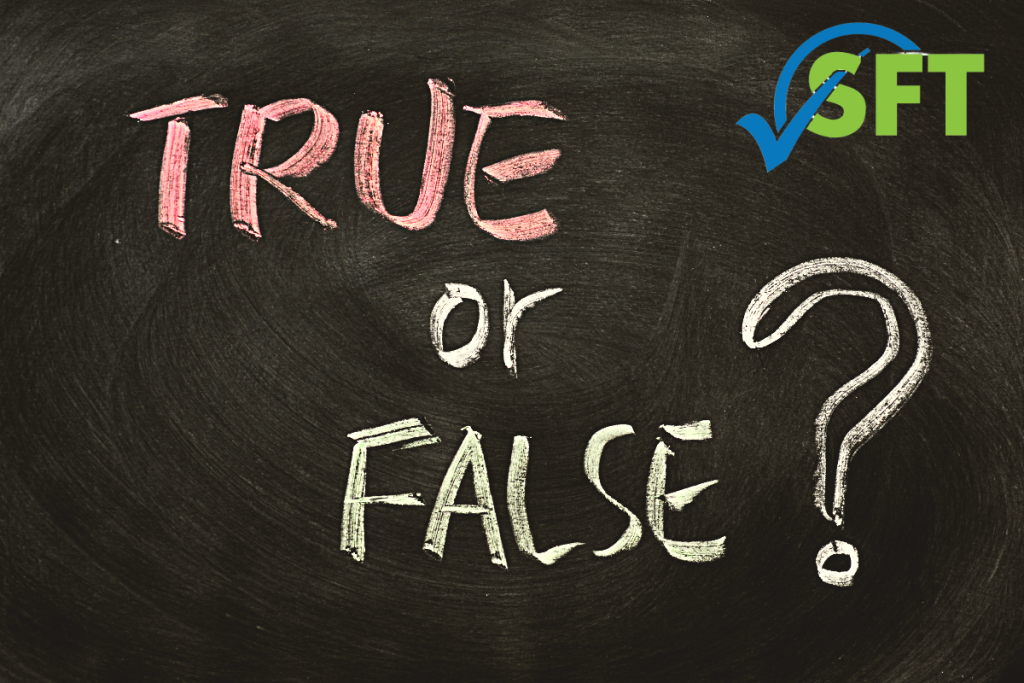
If you’ve spent any time in a professional kitchen, you’ve probably heard a coworker shout “5-second rule!” after a piece of food takes a tumble. It’s a common kitchen myth, but for those of us dedicated to food safety, it’s crucial to understand that this is no joke. When it comes to ServSafe MN standards, the only place for dropped food is the trash can, and understanding why is key to protecting your customers and your business.
The Centers for Disease Control and Prevention (CDC) estimates that approximately 48 million people contract a foodborne illness each year. As a food professional in Minnesota, and especially as a certified food protection manager, you are the first line of defense against these preventable illnesses. Adhering to the highest standards isn’t just about passing inspections; it’s about a fundamental commitment to public health.
The Science That Debunks The Myth
The core idea of the 5-second rule—that bacteria need time to transfer to food—is fundamentally flawed. Research has consistently shown that transferring contaminants is not a matter of time, but instead of contact. A significant 2016 study from Rutgers University found that bacterial transfer can happen in less than a second.
Here’s what really determines the level of contamination:
- Immediate Transfer: Bacteria don’t have legs, but they move with moisture, and this transfer can be instantaneous. The moment food makes contact with a contaminated surface, a transfer of microorganisms begins. There is no “safe” window.
- Surface Matters: The type of surface the food lands on plays a major role. Smooth, non-porous surfaces, such as ceramic tile and stainless steel, common in professional kitchens, allow for a much higher and faster rate of bacterial transfer than a surface like carpet.
- Food Characteristics: The nature of the food itself is a critical factor. Moist or wet foods, such as a slice of tomato or melon, act like sponges for bacteria and will pick up contamination far more readily than dry crackers or bread rolls.
Beyond the Myth: Real-World Risks for ServSafe MN Professionals
For professionals who hold a ServSafe MN certification, ignoring the facts about the 5-second rule introduces serious risks that go far beyond a single piece of food. It creates a crack in your food safety culture that can lead to significant consequences. Upholding these standards is a core part of maintaining your food safety certification in MN.



Consider the potential fallout from this seemingly minor issue:
- The Threat of Cross-Contamination: A dropped item doesn’t just contaminate itself. An employee who picks up the item and continues working can transfer pathogens from the floor to their hands, gloves, preparation surfaces, and other foods, creating a chain of contamination that can lead to widespread illness.
- Damage to Your Reputation: Customer trust is everything. If a patron sees an employee serve food that has come into contact with the floor, that trust is instantly broken. In the age of online reviews, a single incident can cause lasting damage to your establishment’s reputation and bottom line.
- Regulatory Violations: Minnesota’s food safety regulations are in place to protect the public. Failing to follow basic principles, such as proper handling of dropped food, can lead to poor inspection scores, fines, and even forced closures. It shows a lack of control and a disregard for required safety protocols.
The Right Procedure: When in Doubt, Throw It Out



As a certified food protection manager, creating a culture of absolute food safety means having clear, simple, and non-negotiable procedures for situations like this. There is no room for ambiguity. Training your team on the correct response is an essential component of your ongoing food safety education plan.
Here is the only acceptable procedure for food that has hit the floor:
- Immediate Disposal: Throw the food away immediately. There are no exceptions. The cost of a single ingredient is insignificant compared to the potential cost of a foodborne illness outbreak.
- Clean and Sanitize: The employee involved must wash their hands thoroughly before returning to food preparation tasks. Any surfaces or tools that the dropped food may have come into contact with afterward must also be properly cleaned and sanitized.
- Reinforce Through Training: Use these moments as opportunities for training. Remind your team why this rule is in place. Consistent reinforcement ensures that food safety remains a top priority for everyone, from new hires to seasoned veterans.
Ultimately, the 5-second rule is a myth that has no place in a professional kitchen. For a certified food protection manager, upholding the highest standards of ServSafe MN is about protecting your customers, your reputation, and your business.
Protect your patrons and your establishment with professional training. Whether you and your team are preparing for an initial Minnesota food license or it’s time to renew your three-year continuing education, our personalized, instructor-led options can help ensure you meet the highest standards. Go to Safe Food Training to book your course today!

